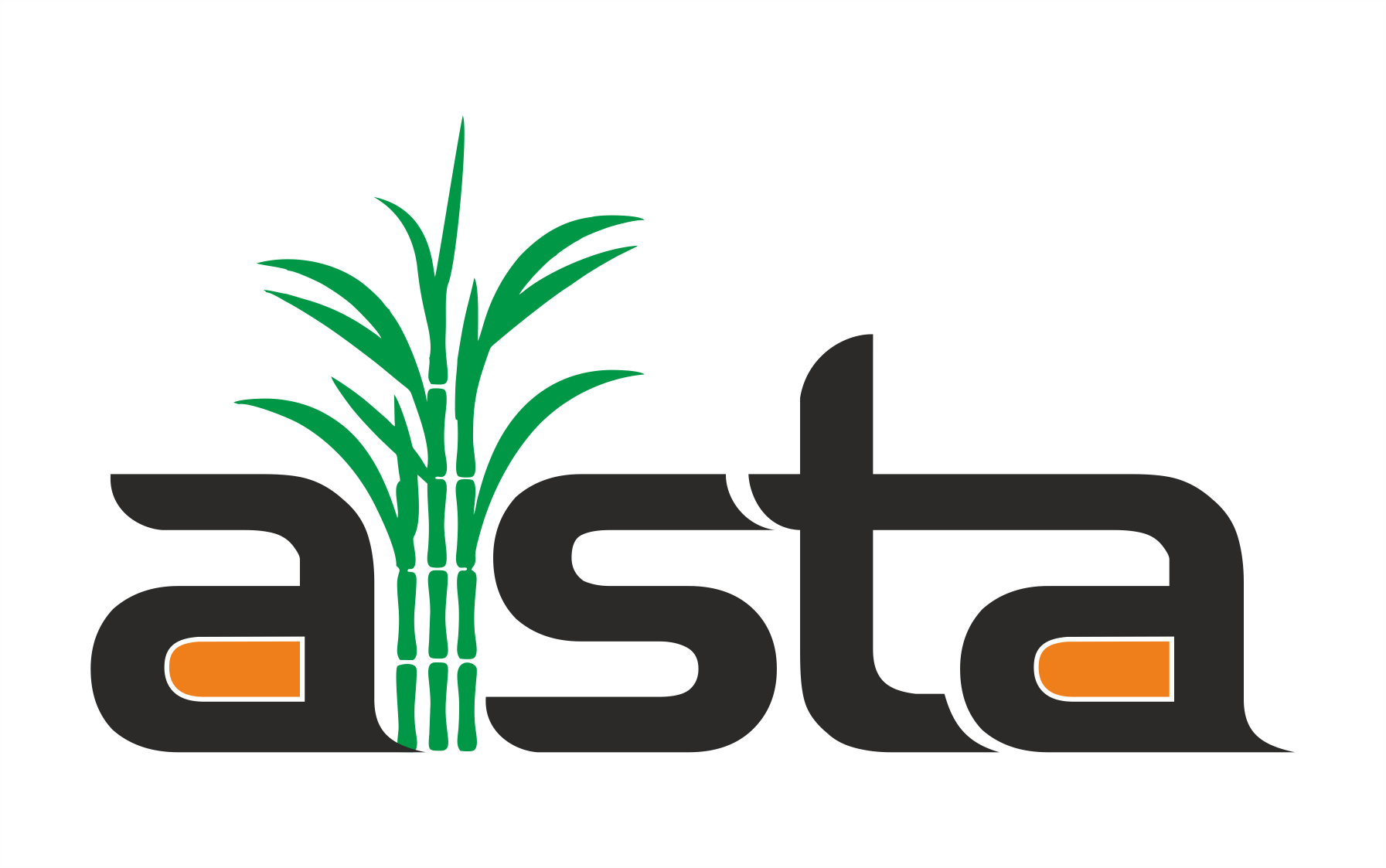Removal of stockholding limits to ease sugar prices: Ind-Ra
The government’s decision to remove stockholding limits on sugar dealers to keep prices in check, is expected to ease pressure on sugar prices and improve sugar demand at trader and dealer levels, according to a report.
Last Tuesday, the government lifted stockholding limits imposed on dealers in sugar season (SS) 2016-17, owing to softening of sugar prices over the course of the first two and a half months of SS 2017-18 and the government’s expectation of a balanced demand-supply scenario and stable sugar prices in SS 2017-18.
The removal of stockholding limits on sugar dealers will improve sugar demand at trader/dealer level and ease pressure on sugar prices, India Ratings said in its report here.
The government had imposed stockholding limits at both miller and dealer levels to keep sugar prices in check in SS 2016-17. While the stockholding limits on sugar millers was valid up to October 2017, the limits for dealers was extended up to end-December 2017.
While the arrival of the new season’s sugar was expected to result in a slight moderation in the sugar prices, the sluggish off-take on account of of the imposed limits played a major role in decline in average ex-mill prices to about Rs 34/kg in December 2017 from Rs 36.5/kg at the beginning of the crushing season.
With the expectation of normal sugar production, and crushing starting early in some of the major sugar producing states in SS 2017-18, the production in the country increased about 30 per cent to 6.94 million tonnes as of December 15 than the corresponding period of SS 2016-17.
Further, the possibility of sugar surplus in SS 2018-19 and prospects of sugar imports from Pakistan also led to the softening of sugar prices.
Ind-Ra believes it is too early to comment on production expectations for SS 2018-19, and said it would be prudent to do so once the initial government estimates regarding the cane acreage is available.
The threat of subsidised sugar imports from Pakistan into India also remains a key monitorable.
Ind-Ra pointed out that high import duties of 50 per cent and high cost of production for Pakistan-based millers just about shields the domestic sugar millers from imports.
However, any adverse movement in prices resulting in sugar imports from Pakistan becoming cheaper than domestic prices will impact the Indian sugar millers, it added.
Source: business-standard:Published on 2017-12-21

